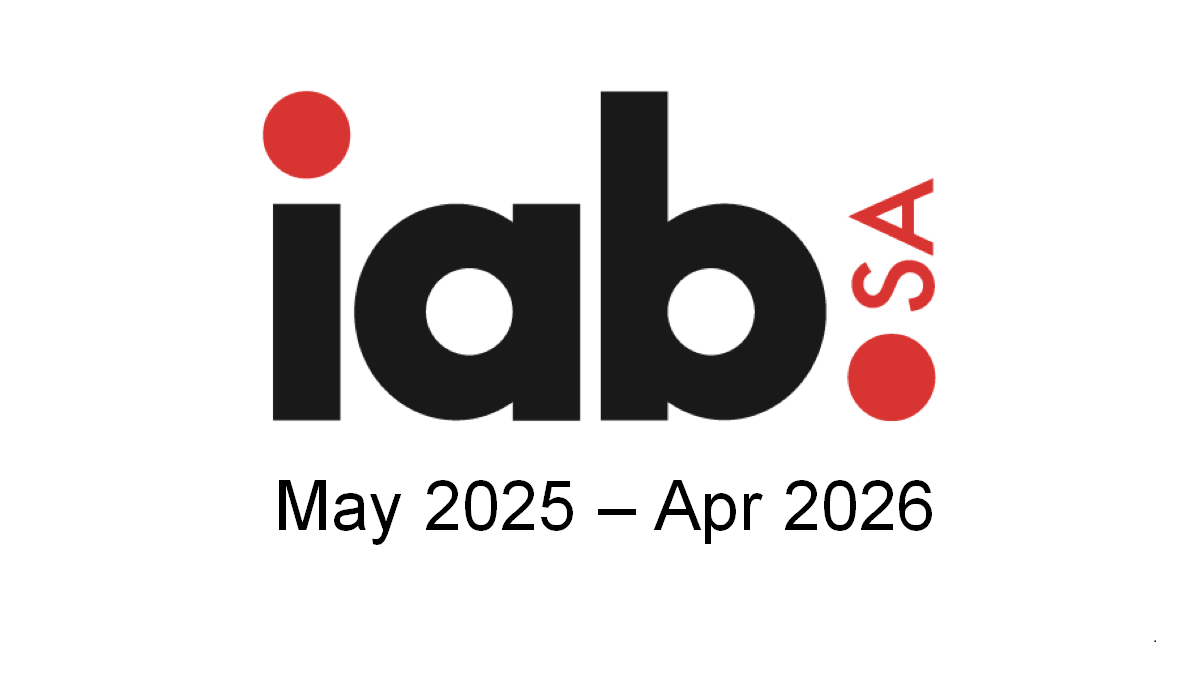As we are still celebration Women’s Month, there is a serious concern about women not holding top leadership positions in company boards in South Africa.
This is despite an increased number of women representation in various companies in state-owned-entities and the private sector.
Women are not being given an opportunity to be big role players in boardrooms. However, they are reduced to front desks and personal assistant positions. And this is a very concerning and disconcerted issue.
The United Nations stated that its estimation is that, at the current rate of progress, it will take another 140 years for women to hold managerial positions equal to men. Even though research has found that firms with greater gender diversity outperform the share prices of those with fewer women in the workforce and leadership positions.
Lagging behind the global average
Less than one in five directors of JSE-listed companies in South Africa are women sitting at 19.1%. This is a figure remaining fairly static over the past five years and lagging behind the global average of 23.3%. While some countries have achieved female board representation of up to 45%.
Research Chair in Women at Work at Stellenbosch Business School and editor of the 2025 Women’s Report, Prof Anita Bosch, described South Africa’s progress as “in a word, glacial”. She recommended that a target of 30% female representation on boards be set as a “reasonable and feasible short-term” measure.
“Women make up 51% of the South African population, and 46% of the economically active population. And more women than men attain a tertiary qualification. Yet, they are far from equally represented at highest level of business decision-making.
“This is despite mounting evidence globally that women’s participation on boards. It contributes to better decision-making and improved corporate governance. Also on enhanced company performance and reputational advantages,” Bosch.
Competitive advantage
“Creating a world where women on boards are valued with the same enthusiasm and opportunity as their male counterparts is not only the ethically right thing to do but makes solid business sense in terms of performance and gaining competitive advantage – yet business is not listening to sense in this regard.”
The Women’s Report is celebrating its 15th edition this year, as being released every year on Women’s Month. And the report is focusing on the reasons for lack of growth in women’s representation on boards. The quotas vs targets debate, and emerging concerns of “femwashing” and “over-boarding” of a select few women. These practices have more to do with polishing a company’s reputation and reporting compliance than effective representation.
Bosch said global studies and research in various countries, across diverse sectors, had positively linked increased women’s representation on boards with significant improvements in various aspects of business.
“Gender-balanced boards engage in more transparent financial reporting and monitor management more diligently. This leads to the company enjoying an enhanced reputation as a good corporate citizen.
Constructive approach
“Women tend towards a more collaborative leadership style, and seem less prone to group think. Supporting open communication, willing to ask controversial questions and listen to diverse opinions. This constructive approach cultivates innovation and creativity, which enhances informed decision-making and improved risk management. Aloso sound environmental, social, and governance practices,” she said.
Research was conducted by the global financial services firm Morgan Stanley on more than 1, 800 listed companies. It has been found that share prices of more gender-diverse companies outperformed others by 7.1% in Europe, 3% in Japan, and 2% in the US.
Sector data showed that share prices in consumer discretionary companies showed the greatest outperformance at the global level (13.8%). This is followed by healthcare (9.0%), financials (8.3%), real-estate investment trusts (8.2%), utilities (4.5%), and industrials (1.8%).
Gender diversity laws in SA
There is no legislated mandate for gender diversity on boards in South Africa. Even though South Africa is a signatory to the 2008 Southern African Development Community (SADC) Protocol on Gender and Development in 2008. This targets 50% women in decision-making positions in both the private and public sector. Although the King IV Code on corporate governance does encourage companies to strive to achieve parity and report on progress in their annual reports.
Accordingly, JSE listing requirements, referring to the King IV principles, state that boards should set race and gender targets for board membership, but do not stipulate a figure.
Bosch said the lack of organic growth in women’s representation on boards had prompted some countries to introduce mandatory quotas. While others set voluntary targets, with varying results in both cases.
Visit SW YouTube Channel for our video content



